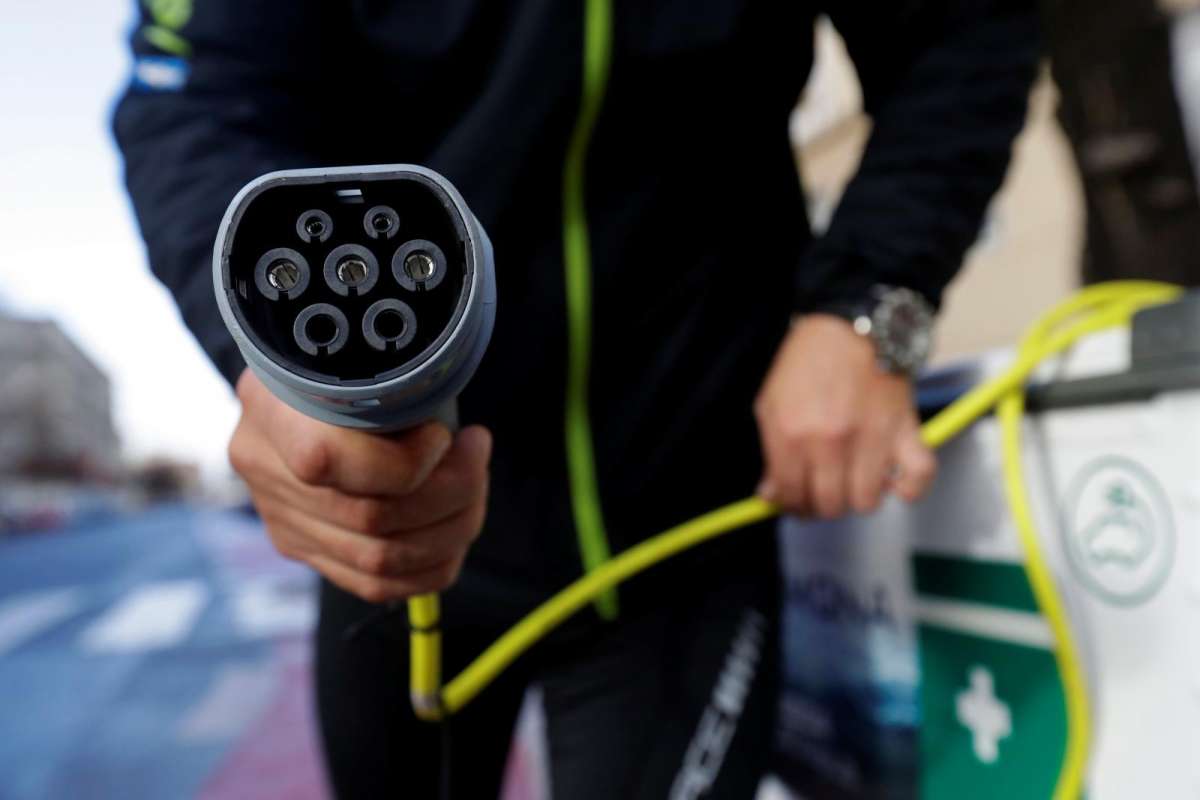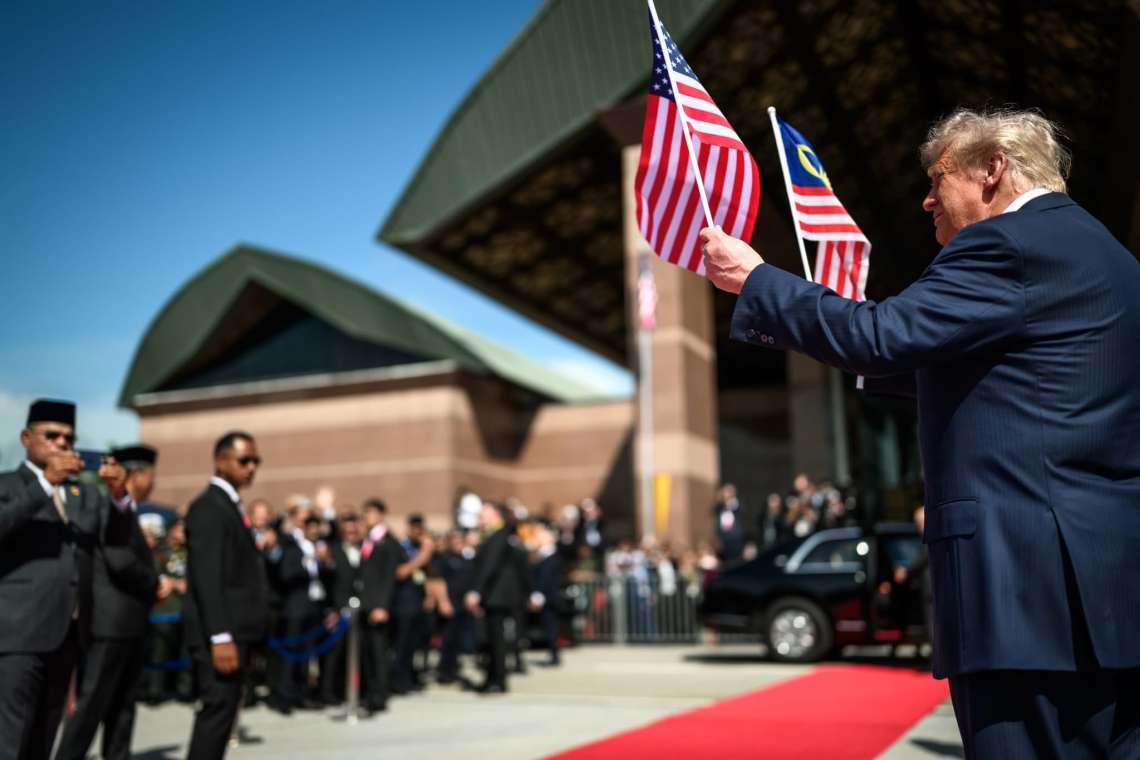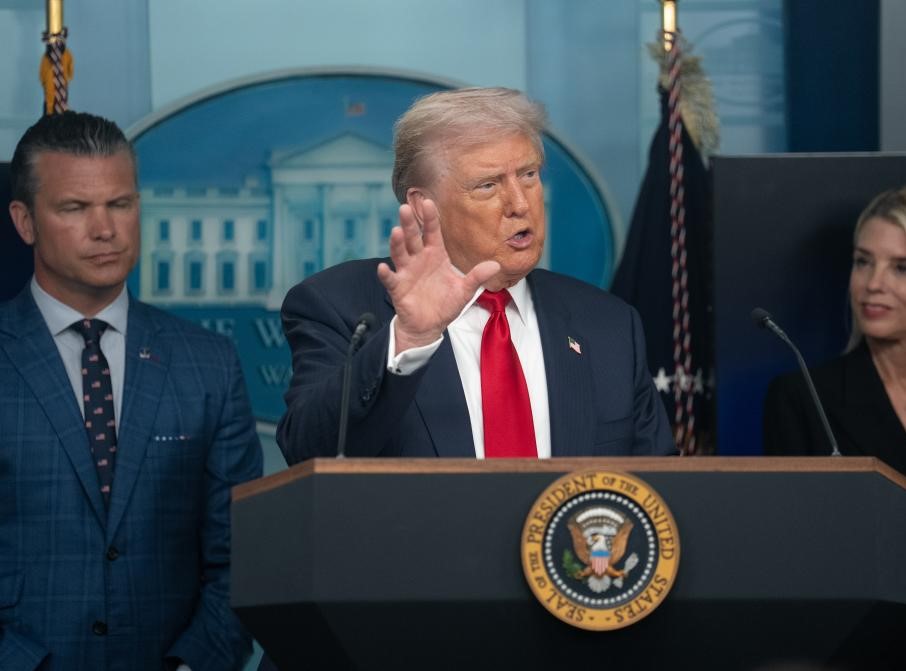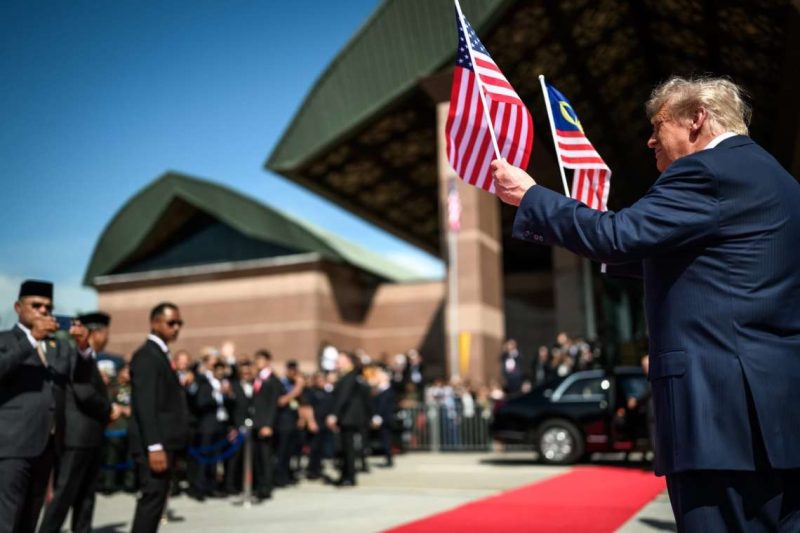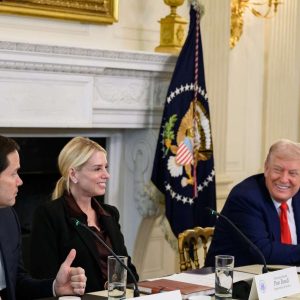Wall Street’s Insider says the $10 trillion shortfall in rare earth minerals like lithium, the white gold that runs the EVs, could upset the apple cart of the manufacturers and government plans…reports Asian Lite News
US President Joe Biden government’s ambitious programme under climate change bill to phase out fossil fuel cars with electric vehicles (EVs) under the Inflation Reduction Act (IRA) could hit a road bump unless a $10 trillion shortfall in metals such as Lithium, critical to run the batteries for the EVs is resolved by the automobile industry.
The automobile industry, which is in a great rush to line up EV models across the US by 2024, needs $10 trillion worth of metals through 2050. Otherwise, it won’t be able to keep up with these lofty EV goals as 20 leading automakers in the US, including GM, Ford, Stellantis, and other European, Japanese and South Korean car makers based in North America ramp up production, investors in Wall Street say.
The EV rush, being compared to the great Gold Rush in California decades ago, is due to the global pressures to reduce carbon emissions, of which the fossil fuel driver cars on petrol and diesel are the main culprits. Automakers are in a great race to the 2030 deadline of emission control in the US and total phase out of petrol/diesel-driven cars by 2050.
The US government is pumping as much as $325 billion into the Green Energy Plan where EV rush is a key component in terms of tax credits and other concessions and fossil fuel phase out. Under the IRA, Biden has offered tax credits of $7500 per customer buying the EV car and a $3,750 credit on batteries and accessories.
Major automobile companies of the US such as GM, Ford, Stellantis, Buick, Cadillac, Chrysler, and European car makers Mercedes Benz, BMW, Audi, Volvo, Jeep, and Japanese car makers Nissan, Toyota, Honda and South Korean Hyundai, KIA are racing against time to avail the concessions and roll out EV cars in 2024, media reports say. The stipulation’s concessions apply only to cars manufactured in North America.
But Wall Street’s Insider says the $10 trillion shortfall in rare earth minerals like lithium, the white gold that runs the EVs, could upset the apple cart of the manufacturers and government plans. And it’s why automakers are racing to secure a long-term supply of metals like lithium.
So far, Ford has signed 11-year contracts in multiple continents to secure lithium supplies. GM took it a step ahead investing $650 million directly into the largest lithium project in the US and Tesla could spend $1 billion building a lithium refinery that could supply one million vehicles.
But even this might not be enough. It takes a long time to bring new lithium mines online. It took more than five years for mines in the last decade to go from discovery to production, according to the International Energy Agency (IEA), says Nomi Prins, who runs Wall Street Insider, a think-tank and a publication of the Manhattan investors.
So, all the lofty ideals and billions of dollars flowing to support the EV rollout could still be in jeopardy unless there is a major battery breakthrough. The government has big ambitions for Americans’ next car.
Around 41 per cent of the population in the US want an EV alternative feeling the squeeze on gas prices that have jumped as high as $4 to $5 per barrel (3.03 litre make one barrel) and oil and POL (Petroleum, Oil and Lubricants) shortages due to the wars between Russia and Ukraine, and Israel and Hamas in the Middle East are driving crude prices as high as $100 a barrel as supply chains across the world are disrupted causing shortages.
As there is no reprieve from this, most car buyers in the US want an EV as a second vehicle and some middle class buyers opt for EV as their first choice to beat oil prices in maintaining their cars. On an average in a car country like the US, where public transportation is not strong, every family has three cars to run — husband, wife and children.
As EVs are becoming a favourite choice with buyers, as they are part of the big energy transition that’s underway in the US, fast-tracking EV adoption is one of the most important pawns in the government’s green fight, Inside Wall Street says.
“We can see that in fresh spending coming from Washington D.C. There’s $135 billion flooding into the EV sector from federal spending bills. Bills like the Inflation Reduction Act and Infrastructure Law. That money will go into everything from tax credits to incentivise EV purchases…To ramping up domestic EV production…To building out the charging infrastructure across the nation, says Nomi Prins.
Government rules could force automakers to boost EV production. The Environment Protection Agency (EPA) has proposed new emission standards. These could help EVs take market share away from fossil fuel vehicles. With these standards, 67 per cent of new vehicle sales could be EVs in 2032. That compares to just 5.8 per cent in the US last year. That means the federal government is leveraging tax credits to boost the EV sector. Its goal is to make half of all vehicles sold in the US zero-emission by 2030.
One major problem that threatens to bring the entire EV rollout to a screeching halt. Inside Wall Street editor Nomi Prins explains why it’s the $10 trillion question every investor should be asking in 2023 which has all the major automakers scrambling. Big ambitions by the government mean that automakers are ramping up plans for EV production.
General Motors (GM) wants capacity for one million EV units by 2025. It has said it wants to beat Tesla as the EV sales leader in the US. Not to be left behind, Ford is jumping in, too. It said it will sell two million EVs a year starting in 2026. And it’s not just US-based manufacturers. Toyota is targeting 3.5 million units by 2030.
To meet those lofty EV targets, automakers are scrambling to secure the building blocks that power EVs. Battery metals. A typical EV battery is made up of metals like nickel, manganese, cobalt and graphite. And there’s one metal in particular that could prevent EVs from ever becoming mainstream, Inside Wall Street says.
That metal is lithium. It has become so important to the EV supply chain that many people call it “white gold”. Lithium-ion batteries are the workhorse for EVs. A typical battery contains about 13 pounds of lithium. But there’s a problem. The International Energy Agency (IEA) says the auto industry could be facing shortages of lithium as soon as 2025.
New lithium mining projects are struggling to keep pace with all the demand that’s coming. And that’s forcing automakers into a new line of business. History is repeating itself. The shift to EVs is one of the biggest distortions in the energy markets right now. But if history is any guide, it’s also a money-making opportunity.
In 2012 automakers went through a change as big as this one. That’s when technology took over cars. Features like GPS, music streaming, lane control, and assisted parking were either non-existent or very limited. Until smartphone tech started taking over the car’s dashboard. Most new cars today have something resembling an iPad built into the dashboard. And they have about 3,000 microchips powering 70+ sensors.
But the automakers weren’t the biggest winners in that smart car revolution. Instead, the real winners were companies that could leverage the technology going into vehicles. Like semiconductor companies. The global market for chips in the auto sector today stands at almost $70 billion. That’s up 175 per cent from 2012.
Chip companies with large automotive sales like NXP Semiconductors and ST Microelectronics saw their stock prices soar as a result. But over the same time, automakers like GM and Ford fell behind.
As technology drives the EV market through semiconductors and chips for the dashboard controls, believe it or not, APPLE, the world’s biggest Iphone, Ipad and laptops-maker is jumping into the race to build an EV. SONY, into movie production and smartphones and music systems and TVs, also hopes to roll out an EV car by 2025.
But the EV is right now an expensive option, experts say, as bottom-line prices are $40,000 for a Tesla base model to anything as high as $80,000 to $400,000 dollars for a Mercedes Benz or BMW or Rolls Royce Phantom EV.
ALSO READ-Norway Temporarily Withdraws from CFE in Response to Russia


